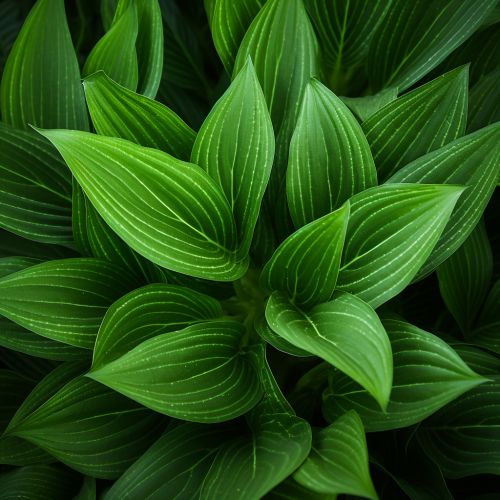Plant morphology
Introduction
Plant morphology or phytomorphology is the study of the physical form and external structure of plants. This is usually considered distinct from plant anatomy, which is the study of the internal structure of plants, especially at the microscopic level. Plant morphology is useful in the visual identification of plantsPlant Identification.
History
The concept of "plant morphology" was first developed in the 19th century with the works of Johann Wolfgang von Goethe and Augustin Saint-Hilaire. The term "morphology" itself was introduced by Johann Gottfried von Herder in his Ideen zur Philosophie der Geschichte der Menschheit (Ideas for a Philosophy of the History of Mankind) (1784–91).
Branches of Plant Morphology
Plant morphology includes a number of sub-disciplines, including:
- Phenology: the study of the timing of plant life-cycle events.
- Plant Physiology: the study of the functions of plant organs.
- Plant Taxonomy: the study of plant classification.
- Plant Ecology: the study of the interactions of plants with their environment.
Plant Structure
Plant structure is divided into two main sections: vegetative and reproductive.
Vegetative Structure
The vegetative structure of plants includes the study of the plant organs, including roots, stems, and leaves.
- Roots: The root is the part of the plant that typically lies below the surface of the soil. However, roots can also be aerial or aerating (as in mangrove trees). The root is the organ that absorbs water and minerals from the soil and conducts them to the stem. The root is also used to anchor the plant in the ground.
- Stems: The stem is the plant organ that bears leaves and flowers and conducts water, minerals, and photosynthetic products between the roots and the leaves.
- Leaves: The leaf is an organ of a plant that is specialized for photosynthesis. For this purpose, a leaf is typically flat (laminar) and thin.
Reproductive Structure
The reproductive structure of plants includes the study of the flower organs, including stamens, carpels, petals, and sepals.
- Stamens: The stamen is the pollen-producing reproductive organ of a flower.
- Carpels: A carpel is a leaf-like structure enclosing the ovules in a flower. It is the female reproductive organ of a flower.
- Petals: The petal is a leaf-like structure, often colorful, that surrounds the reproductive organs in a flower.
- Sepals: The sepal is a leaf-like structure that encloses the petals and forms the outermost whorl of a flower.
Plant Development
Plant development is the process by which a plant grows from a seed into a mature plant. This process includes a series of stages: seed germination, vegetative growth, and reproductive maturity.
Plant Morphology and Classification
Plant morphology has been used historically to classify plants, but has been supplemented by more modern methods of classification, such as genetics and biochemistry.
See Also


